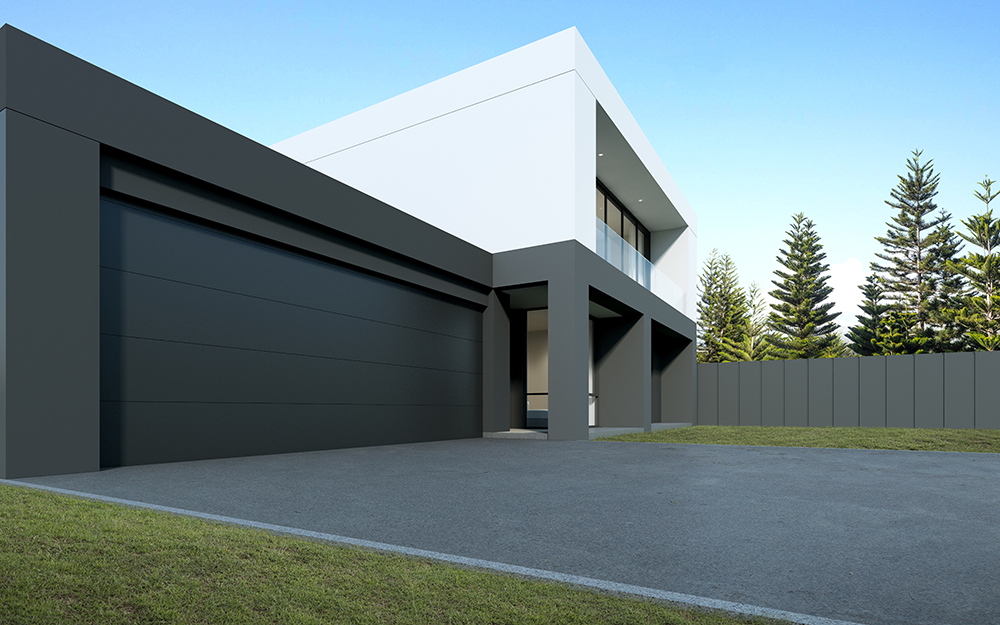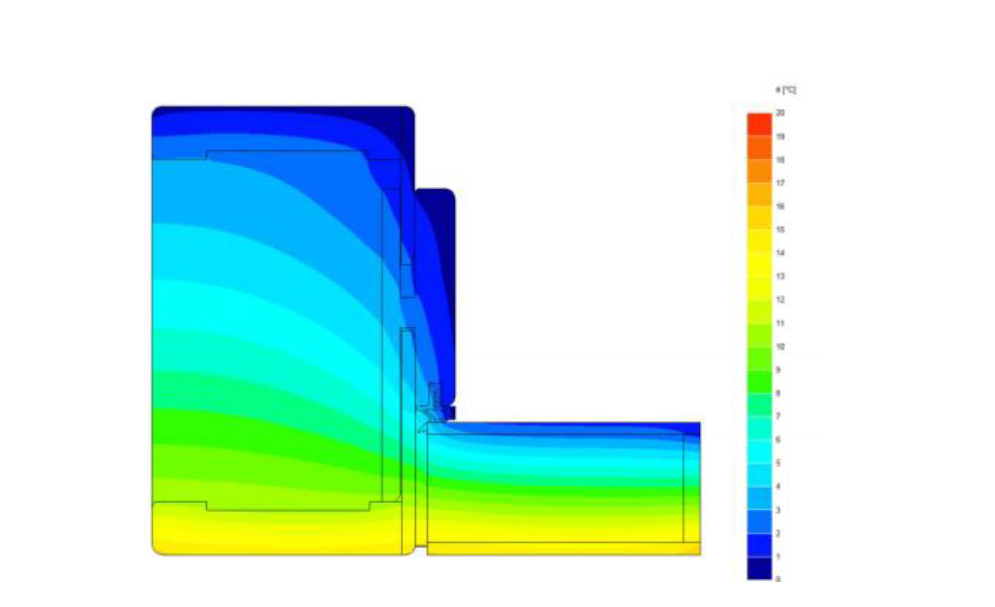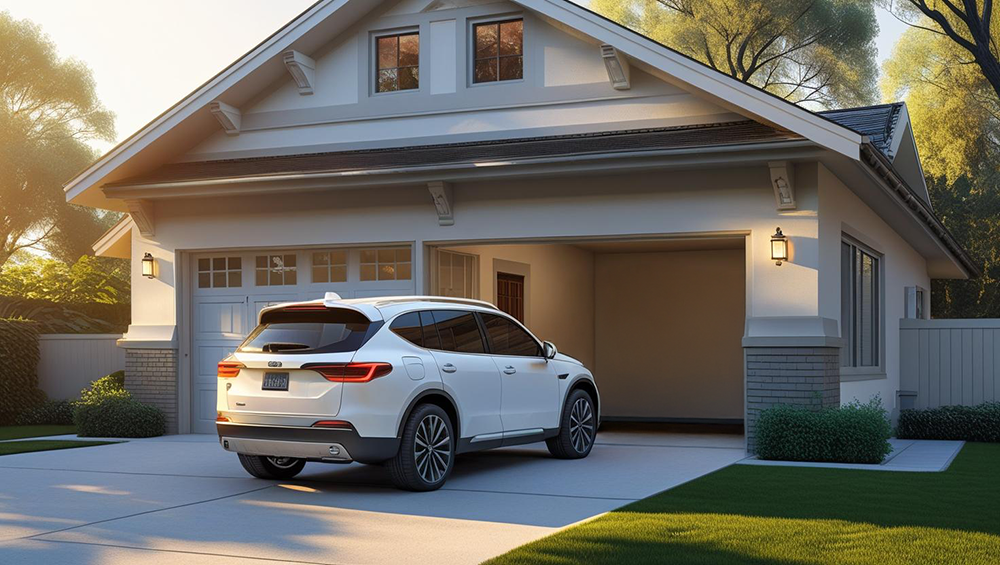Doors Between the House and the Garage - What to Choose and Why It Matters?

Doors Between the House and the Garage - What to Choose and Why It Matters?
Doors between the house and the garage are a crucial element of any home where the garage is integrated into the building structure. Their quality directly affects comfort, safety, and energy efficiency. In this article, you'll learn which doors are best for this space and how they differ from standard interior doors.

Why Invest in Proper Garage Doors?
The garage is a specific space - typically cooler, more humid, and subject to greater temperature fluctuations than the rest of the house. Therefore, doors leading from the garage to the living area should ensure:
- Effective thermal insulation,
- Fire and smoke resistance,
- Durable and robust construction,
- Soundproofing,
- Aesthetic consistency with the interior design.
Thermal and Acoustic Insulation - Comfort and Savings
One of the key parameters of garage doors is the heat transfer coefficient (Ud). The lower the Ud value, the better the door prevents heat loss.
Good interior garage doors should include:
- Thermal insulation filling (e.g. polyurethane foam or XPS board),
- Seals around the entire leaf and frame,
- Drop seal or automatic threshold.
- While standard interior doors usually have a Ud of 2.0–2.2 W/(m²·K), garage doors can reach even Ud = 1.3 W/(m²·K).
Fire Resistance – Safety According to Regulations
If the garage is directly connected to the living area, building codes may require fire-rated doors. Recommended resistance classes are EI30 or EI60.
Such doors:
- Delay the spread of fire,
- Limit smoke infiltration,
- Often include a door closer and smoke seals.
Durability and Resistance to Daily Use
Doors between the house and garage are frequently used and exposed to impacts, temperature changes, and moisture. High-quality models offer:
- Frame made of laminated wood or steel,
- Thermal insulation core,
- HDF panels at least 3 mm thick,
- Butt hinges (minimum 2 pcs), a solid lock, and drop seal.
These features affect the door’s longevity and daily performance.
Aesthetic Value – Garage Doors That Match Your Interior
Modern garage doors don’t have to look industrial. They are available in:
- Wood-like veneers,
- Matte or glossy finishes,
- Powder-coated steel.
They can be matched to your home’s interior doors for a cohesive aesthetic.

ISOLA Doors – Designed for Garage-to-House Passage
If you’re looking for doors that meet all the above requirements, consider the ISOLA model.
KEEP THE COLD OUTSIDE

Key features of ISOLA doors:
- Ud coefficient: 1.3 W/(m²·K) – excellent thermal insulation,
- Laminated pine frame,
- Thermal insert inside the leaf,
- HDF panels (3.0–3.5 mm),
- Mortise lock and 2–3 butt hinges,
- Drop seal as standard,
- Compliant with PN-EN 14351-2:2018.
This is the perfect solution for homes with an integrated garage.
Summary – Which Garage Door to Choose?
When choosing a door for your garage, don’t base your decision solely on price – functionality should be the priority. A well-chosen door will provide:
- Thermal comfort,
- Fire safety,
- Durability,
- Visual consistency with the interior.
The ISOLA model is an example of a door that meets all technical, aesthetic, and practical requirements.

Looking for a Garage Door? Contact Us
If you need help selecting the right door between your house and garage, contact our technical advisor or visit our showroom. We'll help you choose a model perfectly tailored to your home.






Comments